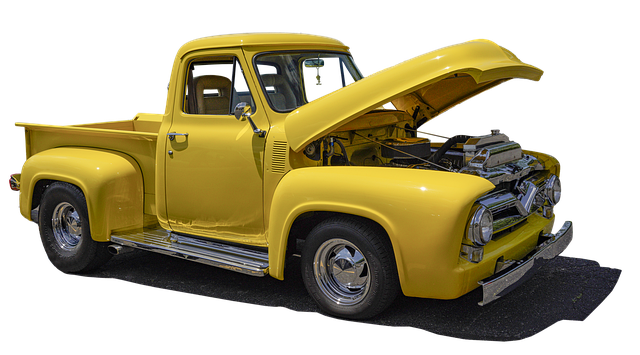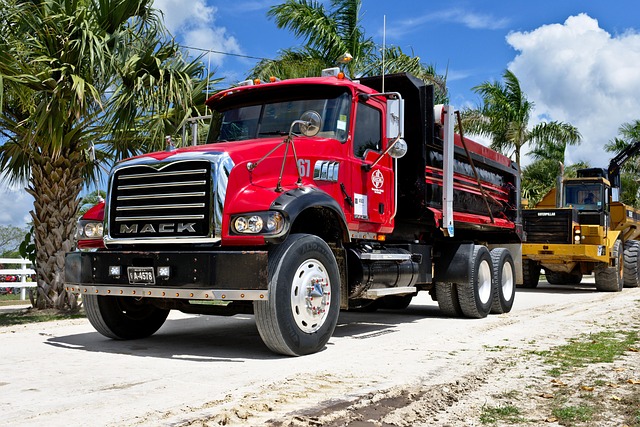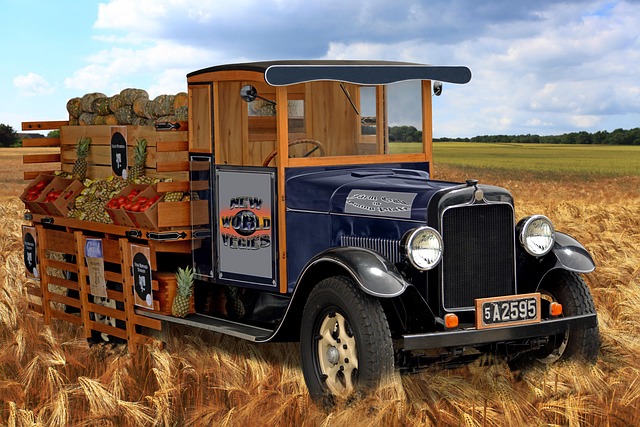Registering a car in California involves several crucial steps. This guide walks you through understanding the essential requirements, gathering vital documents for DMV VIN verification, checking vehicle history reports, scheduling and attending appointments, and completing post-registration tasks. By following these steps, ensure a smooth process and keep your records up to date for hassle-free ownership. Remember, proper registration is key to legal and safe driving in California.
- Understand the Requirements for Car Registration in California
- Gather Necessary Documents for DMV VIN Verification
- Perform a Vehicle History Report Check
- Schedule and Attend Your DMV Appointment
- Complete Post-Registration Steps and Keep Your Records Updated
Understand the Requirements for Car Registration in California

Before registering your car in California, it’s crucial to understand the state’s requirements. The California Department of Motor Vehicles (DMV) mandates several key steps for car registration, including a thorough vehicle inspection and verification of the car’s unique Vehicle Identification Number (VIN). This VIN verification process is essential to ensure that your vehicle meets safety and environmental standards.
One convenient method for this initial step is through a mobile vin verifier or mobile vin inspection service. These services allow you to complete the VIN verification electronically, saving time and effort. By utilizing these modern tools, you can streamline the registration process, making it easier to navigate the California DMV’s regulations.
Gather Necessary Documents for DMV VIN Verification

To complete the DMV VIN verification process smoothly, it’s crucial to gather all necessary documents beforehand. This includes the vehicle’s registration certificate from the previous state (if applicable), proof of insurance, and your valid driver’s license. Additionally, you’ll need the Vehicle Identification Number (VIN) – usually found on a sticker near the windshield or in the vehicle’s manual. For added convenience, consider using a mobile vin verifier or mobile vin inspection service to streamline this step. These services can often provide instant and accurate VIN decoding, making your trip to the DMV more efficient.
Make sure you have all these documents readily available before heading to the California DMV office. This preparation will not only save time but also ensure that nothing essential is left behind during the dmv vin verification process.
Perform a Vehicle History Report Check

Before registering your car in California, it’s crucial to perform a Vehicle History Report (VHR) check using the DMV’s online tools or a trusted third-party service. This step is essential as it allows you to verify the vehicle’s past, ensuring it hasn’t been reported stolen or had significant damage. The process typically involves entering the unique 17-character Vehicle Identification Number (VIN), which can be found on the car’s registration documents or under the hood.
DMV’s VIN verification ensures that the vehicle is genuine and has met all safety standards, providing peace of mind during the registration process. Moreover, many mobile vin verification services are now available, offering convenient, on-demand inspections. These tools, like a mobile vin verifier, can be used to quickly check a vehicle’s history from anywhere, making it easier for both buyers and sellers to navigate California’s car registration requirements.
Schedule and Attend Your DMV Appointment

Once you have gathered all your necessary documents, it’s time to schedule and attend your DMV appointment. The California Department of Motor Vehicles (DMV) provides several options for registration, including in-person visits and online services. However, for a mobile vin inspection or vin verification, it’s best to opt for an in-person visit. During your appointment, you’ll need to present your vehicle’s documents, proof of insurance, and identification. The DMV will then conduct a thorough vin inspection to ensure the information on your registration forms matches the vehicle’s details.
Before heading to your appointment, check the DMV’s website for any updates or changes in procedures. Also, remember that waiting times can vary, so it’s advisable to arrive early. This ensures you have ample time not just for the vin verification, but also to handle any unexpected delays or paperwork issues. A mobile vin verifier may be convenient, but an in-person visit at the DMV guarantees a more comprehensive and accurate vin inspection.
Complete Post-Registration Steps and Keep Your Records Updated

After successfully registering your vehicle with the California DMV (Department of Motor Vehicles), it’s crucial to complete several post-registration steps to ensure a smooth ownership experience. One essential task is conducting a DMV VIN verification, which involves checking the Vehicle Identification Number (VIN) and ensuring its accuracy on the vehicle’s title and registration documents. This step is vital as it helps protect you against fraud and potential legal issues.
Regularly updating your records is another critical aspect of car ownership in California. Keep your address, contact information, and other relevant details current with both the DMV and your insurance provider. Additionally, consider utilizing a mobile VIN verifier to perform periodic checks on your vehicle’s history, ensuring that all maintenance records are up-to-date and that there are no outstanding issues related to the VIN. By staying organized and proactive with these tasks, you’ll ensure a seamless process whenever you need to interact with California’s DMV or other relevant entities.
Registering a car in California involves several steps, from understanding the requirements to completing post-registration tasks. Ensure you have all necessary documents for DMV VIN verification, conduct a vehicle history report check, and attend your scheduled DMV appointment. Keep your records updated and adhere to California’s regulations for a smooth registration process.
